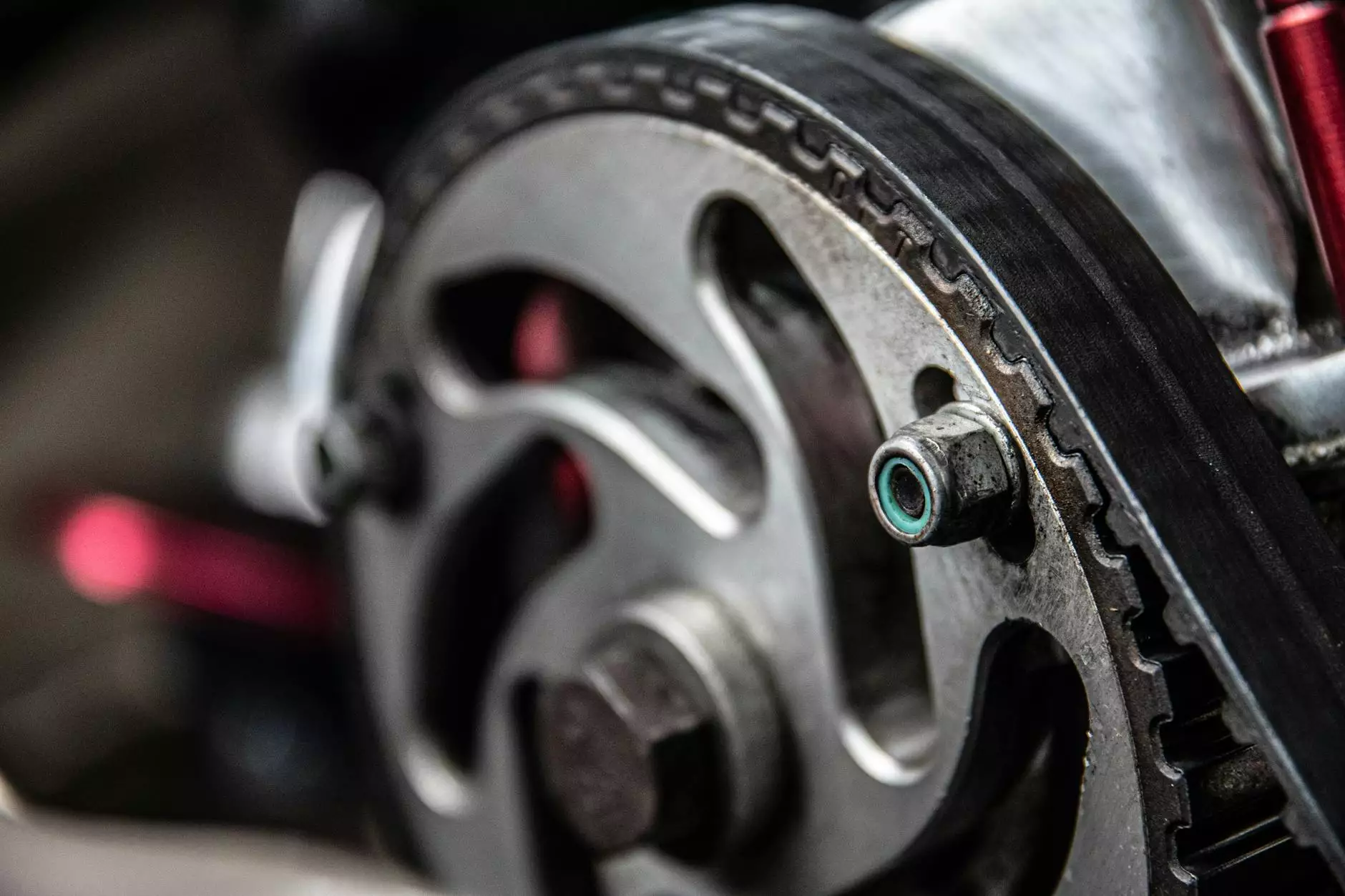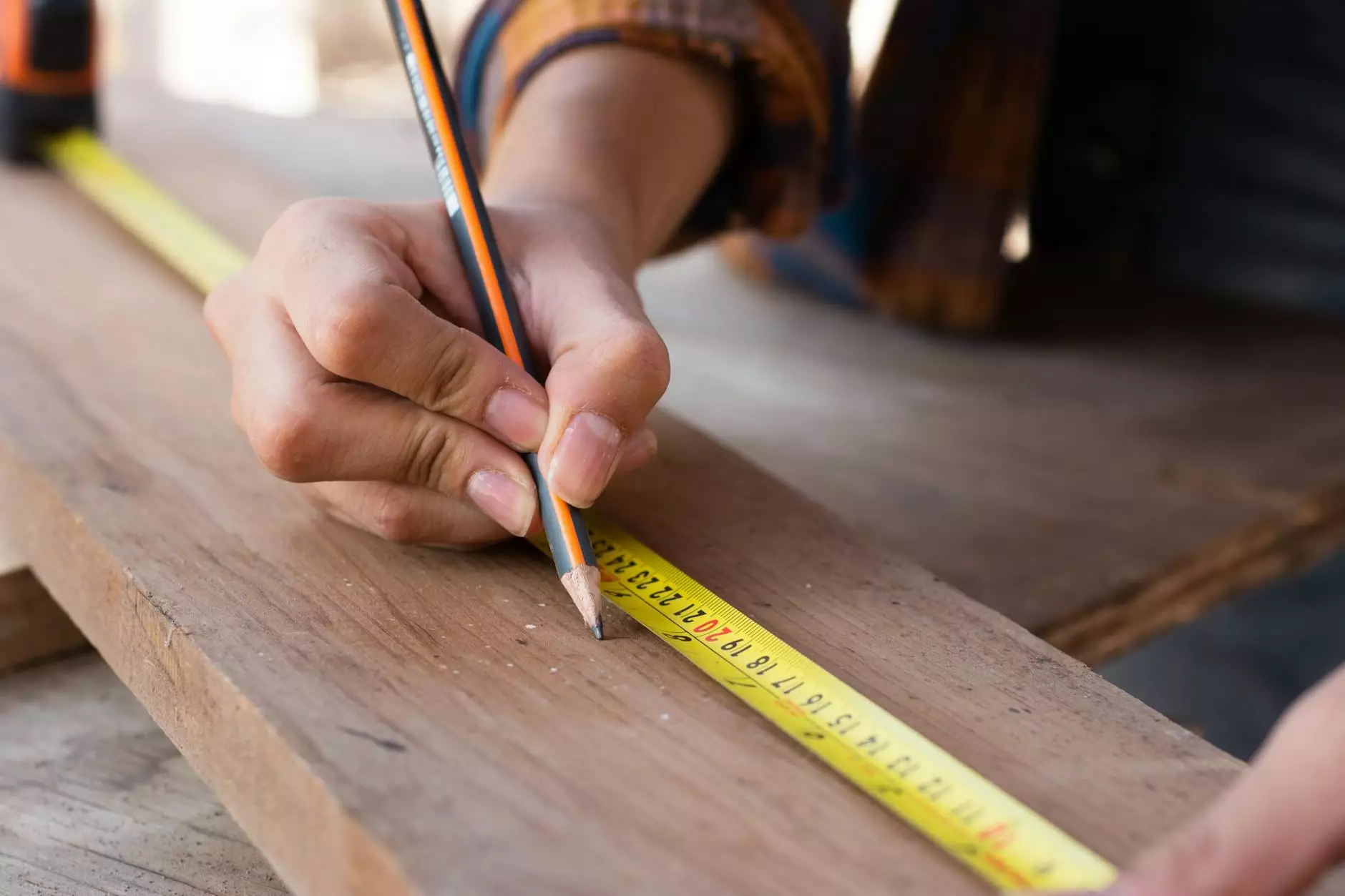Boost Your Knowledge on Parts of the Braking System

Welcome to IM Auto Parts, your ultimate source for high-quality auto parts and supplies. In this article, we will delve into the intricate world of the braking system and explore its various components. Whether you are a car enthusiast or a professional mechanic, understanding the intricate details of the braking system is essential.
An Introduction to the Braking System
The braking system plays a critical role in ensuring safe driving experiences. It allows you to control the speed, stop or decelerate your vehicle when needed. A well-maintained and properly functioning braking system is paramount for your safety and the safety of others on the road.
Understanding the Components
1. Brake Pads:
The brake pads are one of the most vital components of the braking system. Their primary function is to create friction against the brake rotors, thus reducing the vehicle's speed or bringing it to a complete stop. Made from durable materials such as ceramic, semi-metallic, or organic compounds, brake pads endure tremendous heat and pressure during braking.
2. Brake Rotors:
The brake rotors, also known as brake discs, are directly connected to the vehicle's wheels. When the brake pads come into contact with the rotors, friction is generated, causing the vehicle to slow down or stop. Brake rotors are commonly made from cast iron or carbon composite materials, known for their durability and heat dissipation properties.
3. Brake Calipers:
Brake calipers house the brake pads and are responsible for the even distribution of pressure during braking. They consist of pistons that apply force to the brake pads when activated, thereby clamping them against the brake rotors. Calipers are available in various types, such as floating calipers, sliding calipers, and fixed calipers.
4. Brake Lines and Hoses:
Brake lines and hoses transmit the hydraulic pressure generated by the brake pedal to the brake calipers. These components are typically made from high-strength materials such as steel or rubber. Regular inspection and maintenance of the brake lines and hoses are crucial to prevent leaks and ensure proper braking efficiency.
5. Brake Master Cylinder:
The brake master cylinder is the heart of the hydraulic braking system. When the brake pedal is pressed, the master cylinder generates hydraulic pressure, which is transmitted to the brake lines. This pressure activates the brake calipers, allowing the vehicle to slow down or stop. It is essential to inspect and maintain the master cylinder regularly to ensure optimal braking performance.
6. Brake Fluid:
Brake fluid is a specially formulated fluid that plays a vital role in transferring hydraulic pressure within the braking system. It operates under high temperatures and extreme pressures, making it essential to choose the right type of brake fluid recommended by the vehicle manufacturer. Regular brake fluid inspections and replacements are crucial to maintain optimal braking performance.
Maintaining Your Braking System
Proper maintenance is key to a well-performing and long-lasting braking system. Here are a few tips to ensure your braking system remains in top condition:
- Regularly inspect and replace brake pads when worn out.
- Check brake rotors for any signs of damage or uneven wear.
- Keep an eye on brake fluid levels and replace if necessary.
- Periodically inspect brake lines and hoses for any leaks or damage.
- Have your brake calipers checked for proper operation.
- Consult your vehicle's owner manual for recommended maintenance intervals.
Conclusion
Understanding the various parts of the braking system empowers you to make informed decisions regarding maintenance and repairs. IM Auto Parts is your trusted partner in sourcing high-quality auto parts and supplies, including those related to the braking system. Remember to prioritize regular inspections and maintenance to ensure optimal performance and enhance your overall driving experience.









